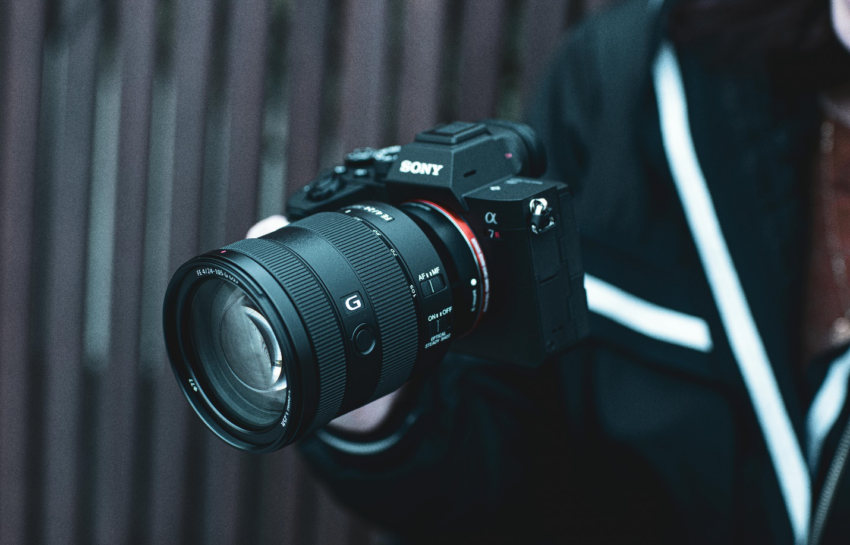In today’s fast-paced digital landscape, where consumers are bombarded with countless advertisements daily, standing out requires more than just a catchy slogan or a flashy logo. It’s about weaving a compelling narrative that resonates with your audience on a personal level. This is where the art of brand storytelling through media features comes into play. By leveraging various media platforms, brands can craft and disseminate stories that not only capture attention but also foster deep emotional connections.
Understanding Brand Storytelling
At its core, brand storytelling is the art of using narrative elements to communicate a brand’s identity, values, history, and mission to its target audience. It’s about moving beyond traditional advertising to create stories that evoke emotions, inspire action, and build lasting relationships. As noted by the Content Marketing Institute, effective brand storytelling can transform a brand from a mere commodity into a valued partner in the consumer’s life.
The Power of Media Features in Brand Storytelling
Media features—be it through television appearances, radio interviews, podcasts, or digital platforms—serve as powerful conduits for brand narratives. They offer unique opportunities to reach diverse audiences, enhance credibility, and humanize the brand.
Television Appearances
Television remains a potent medium for reaching a broad audience. A well-placed feature on a popular TV show can significantly boost brand visibility and credibility. For instance, luxury brands have strategically placed their products in high-profile TV series like “Succession” and “Industry,” seamlessly integrating their offerings into the storyline and capturing the attention of affluent viewers. This approach not only showcases the product but also aligns the brand with the show’s themes and characters, creating a deeper connection with the audience.
Radio Interviews
Radio offers a more intimate platform, allowing brands to engage with listeners on a personal level. Through interviews and discussions, brands can share their origin stories, values, and missions directly with the audience. This format fosters a sense of authenticity and trust, as listeners feel they are part of a genuine conversation rather than a sales pitch.

Podcasts
The podcasting world has exploded in popularity, offering niche platforms that cater to specific interests. Brands can tap into this by featuring on podcasts that align with their industry or target demographic. For example, a tech company might appear on a podcast dedicated to innovation and emerging technologies, positioning itself as a thought leader in the field. This targeted approach ensures the brand’s message reaches a highly engaged and relevant audience.
Digital Platforms
In the digital age, platforms like YouTube, Instagram, and TikTok have become essential tools for brand storytelling. These platforms allow for creative expression through videos, stories, and interactive content. Brands can showcase behind-the-scenes footage, customer testimonials, and user-generated content, creating a dynamic and engaging narrative that resonates with younger, tech-savvy consumers.
Crafting an Effective Brand Story Through Media Features
To harness the full potential of media features, brands should consider the following strategies:
Know Your Audience
Understanding your target audience is paramount. Research their preferences, values, and media consumption habits. This knowledge will guide you in selecting the appropriate media platforms and tailoring your message to resonate with them.
Authenticity is Key
Consumers crave authenticity. Share genuine stories that reflect your brand’s values and mission. Avoid overly polished or scripted narratives; instead, focus on real experiences and emotions that your audience can relate to.

Consistency Across Channels
While the core message should remain consistent, adapt your storytelling approach to fit the unique characteristics of each platform. A story told on Instagram might differ in format and tone from one shared on a podcast, but both should align with the brand’s overarching narrative.
Leverage Influencers and Ambassadors
Collaborating with influencers or brand ambassadors can amplify your story’s reach. Their endorsement adds credibility and introduces your brand to their established audiences. Ensure that any partnership aligns with your brand values to maintain authenticity.
Measure and Adapt
Utilize analytics to assess the impact of your media features. Monitor metrics such as audience reach, engagement levels, and conversion rates. Use this data to refine your storytelling approach, ensuring it remains effective and relevant.
Real-World Examples of Successful Brand Storytelling
Several brands have mastered the art of storytelling through media features:
McDonald’s: “Dreaming in Mono”
In 2010, McDonald’s launched “Dreaming in Mono,” a transmedia storytelling initiative in the Nordic countries. This fictional drama revolved around themes of winter sports and regional rivalries, integrating McDonald’s products subtly into the narrative. The campaign spanned television, online platforms, and social media, creating an immersive experience that resonated with the local audience.
Coca-Cola: “Share a Coke” Campaign
Coca-Cola’s “Share a Coke” campaign personalized the brand experience by replacing its iconic logo with popular names on bottles. This initiative encouraged consumers to find bottles with their names and share their experiences on social media. The campaign’s success was amplified through features on various media platforms, showcasing consumer stories and fostering a sense of community.
Telstra: “Wherever We Go”
Telstra, an Australian telecommunications company, sought to revamp its image with the “Wherever We Go” campaign. By collaborating with renowned animators, Telstra created an animated story that aired during major events like the AFL grand final. This approach humanized the brand and forged an emotional connection with consumers, distinguishing Telstra from its competitors.
The Future of Brand Storytelling
As technology continues to evolve, so too will the avenues for brand storytelling. Emerging platforms like virtual reality (VR) and augmented reality (AR) offer immersive experiences that can transport consumers into the brand’s world. Additionally, the rise of generative AI-driven storytelling presents opportunities for creating personalized narratives at scale, enhancing engagement and fostering deeper connections.
In conclusion, mastering the art of telling a brand story through media features requires a strategic blend of authenticity, audience insight, and creative execution. By thoughtfully leveraging various media platforms, brands can craft compelling narratives that not only capture attention but also build lasting relationships with their audience.
Maximize Your Brand’s Reach with Expert Media Placement
Ready to amplify your brand’s story? TV booking agents at OTA Talent help you book national TV appearances, book local TV appearances, and secure podcast guest placements. Our TV booking agency connects you with top television appearance booking agents, booking agents for digital media, and radio interview booking agents. Let’s get your brand in the spotlight!















